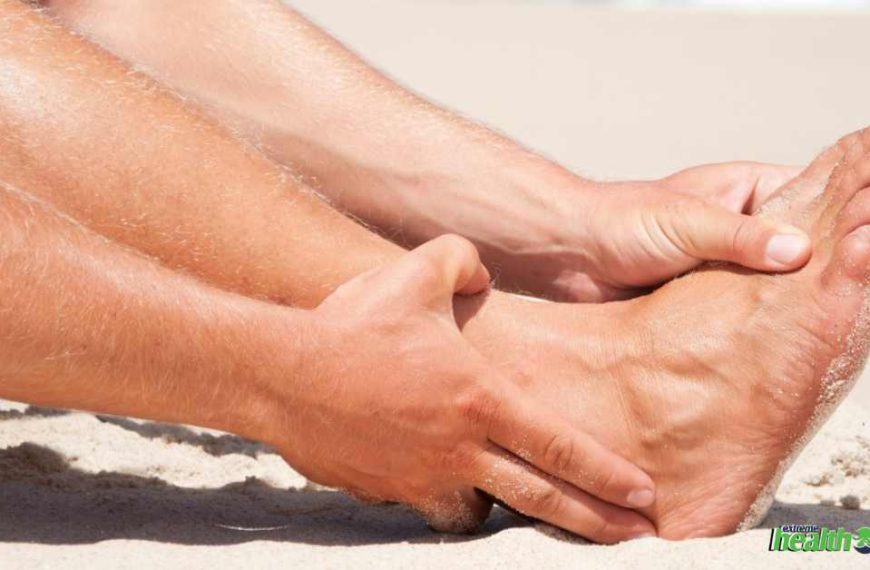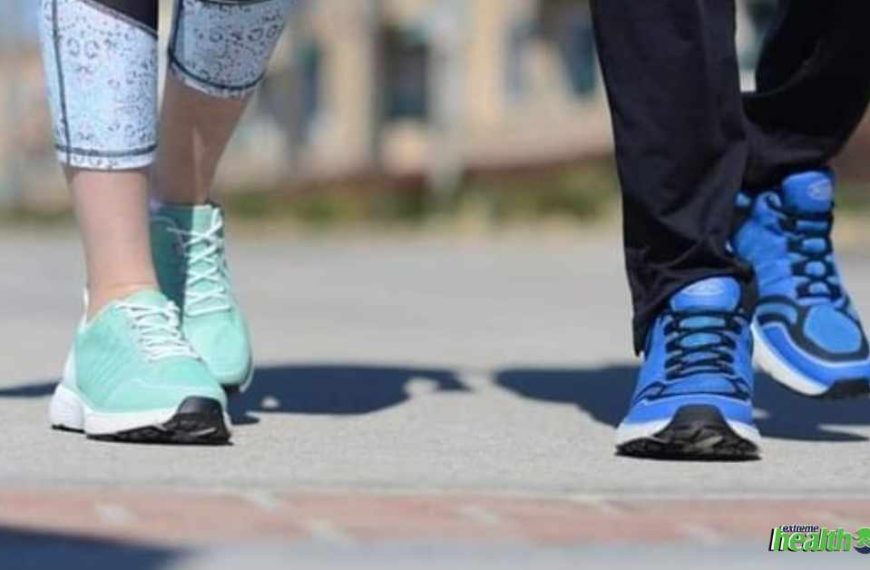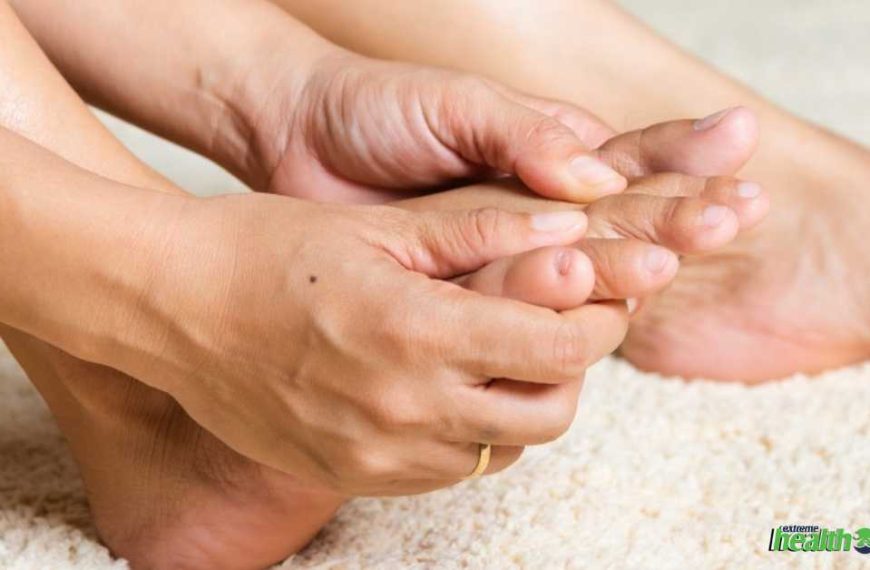Last Updated on October, 2024
Are you suffering from symptoms of diabetic feet, such as cracked and dry skin? This can be brought about by uncontrolled blood sugar levels, causing nerve damage.
With the reduced sensation caused by damaged nerves, it is easy to overlook changes to your feet. You can get infections if you do not keep your feet healthy and hydrated.
The best solution to this problem is to use a moisturizer! You must be wondering, is moisturizing that important? What type of moisturizer should you use?
I got you covered! If you stay till the end, I have also provided additional tips to keep your feet healthy.
Quick Summary
Moisturizers are important for people with diabetes to prevent severe foot complications.
Check the ingredients of moisturizers before purchasing, and avoid harsh chemicals.
Daily foot hygiene and inspection are essential to ensure skin health and prevent foot complications.
Quick Navigation
- Why is Moisturizer Important for Diabetic Feet?
- How Can Dry Skin Affect Diabetic Patients?
- Tips to Apply Moisturizer Correctly for Diabetic Feet
- Check the Ingredients
- Inspect Your Skin for Cracks and Sores
- Apply to Specific Problem Areas
- Massaging is the Key to Good Circulation
- Additional Tips to Keep Your Feet Healthy and Hydrated
- Do Not Ignore Your Feet When Washing
- File Away Dead Skin
- Socks Can Keep Your Feet Hydrated
- Always Inspect Legs to Make Sure It’s Healthy
- Conclusion
- FAQs
- What Will Happen if You Do Not Moisturize Your Feet?
- Why is Dry Skin Dangerous for Diabetic Patients?
- Was this article helpful?
Why is Moisturizer Important for Diabetic Feet?
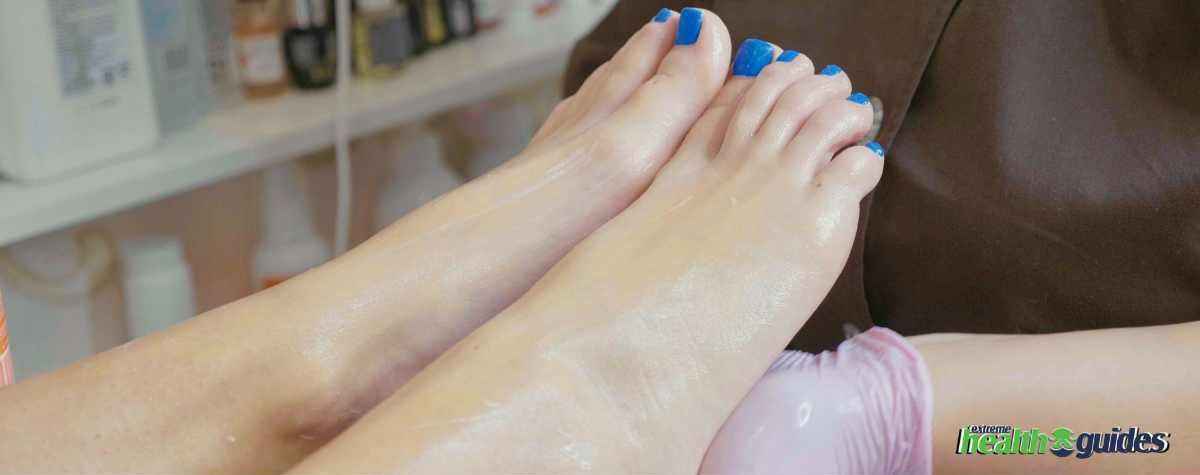
The biggest question most people have is WHY to use moisturizer. Is it that important? I can tell you it is!
Since most people with diabetes suffer from diabetic neuropathy, there can be issues with signals sent from your brain not reaching the sweat glands. Since sweat keeps your skin moist, this breakdown in signaling can leave your feet vulnerable to dryness.
Moisturizers can not only soothe the dry skin on your legs but trap moisture from escaping, providing hydration to your feet.
According to Dr. Kirsner, research has shown that diabetic-associated skin changes can actually benefit from moisturizers.
The review paper states moisturizers can improve the skin barrier dysfunction in diabetic patients, preventing severe foot complications in the early stages.
How Can Dry Skin Affect Diabetic Patients?
It can be easy to overlook the dangers of dry skin. With the damaged nerve and blood vessels causing the healing process to be much slower in diabetic patients, it can lead to bacterial and fungal infections in the feet.
Cracked dry skin, especially in the heel region of your foot is especially susceptible to heel fissures which can lead to amputation if the cracks get deeper and infected.
Tips to Apply Moisturizer Correctly for Diabetic Feet

Firstly, make sure to heal any wound you have on your feet before moisturizing. A gentle moisturizer is great for your feet, however, with so many on the market. It can be difficult to decide which are suitable for people with diabetes and how to use them.
Check the Ingredients
The most important tip is to check the ingredients before purchasing any moisturizer. Some have fragrances and harsh chemicals that can irritate and worsen a diabetic person’s skin.
Therefore, avoid these and choose moisturizers with ingredients such as shea butter or jojoba oil that can deeply penetrate and hydrate your dry skin.
Inspect Your Skin for Cracks and Sores
Before applying moisturizer, inspect your feet for wounds, heel fissures, sores, infections, etc.
Diabetic sores and wounds can take time to heal; therefore, do not apply moisturizer over them until completely healed.
Apply to Specific Problem Areas
One crucial tip to remember is to never moisturize between your toes! Wash and dry in between your toes but never moisturize to avoid infections.
You can apply it on the rest of your feet, especially, the heel and other regions you feel need extra care.
Massaging is the Key to Good Circulation
A great way to promote blood circulation around your feet is to massage in a circular motion when applying moisturizer.
Additional Tips to Keep Your Feet Healthy and Hydrated
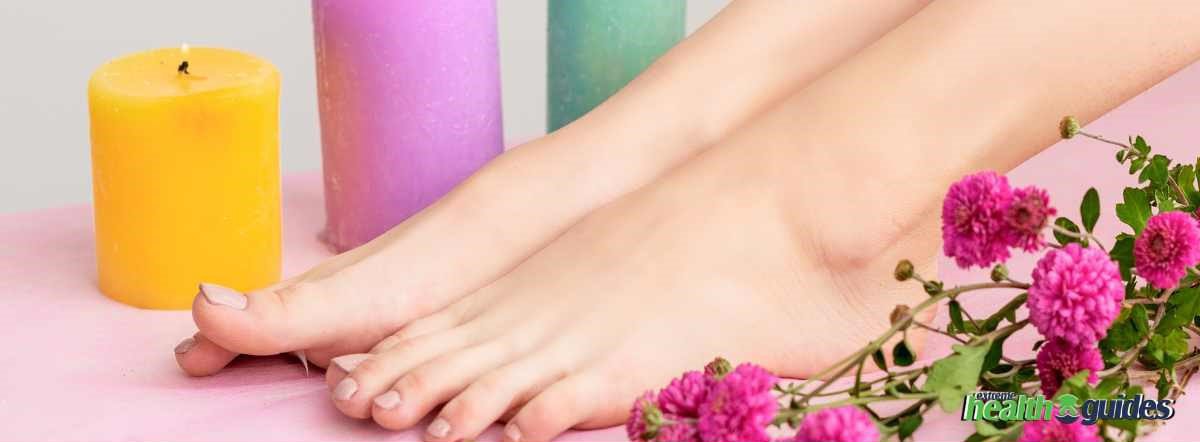
You know the key steps now to moisturize your skin. But you can only keep your feet hydrated if you do it on a daily basis. Furthermore, foot hygiene is essential before applying any moisturizer to your skin.
Here are some additional tips for incorporating into your daily life.
Do Not Ignore Your Feet When Washing
Before moisturizing, wash your feet thoroughly, including in between your toes. Use a mild soap/ body wash and wash your feet with warm water.
Just like the moisturizer, make sure to use soap without harsh chemicals and do not bathe with hot water as this can also dry your skin.
File Away Dead Skin
To prevent calluses from forming, file away the thickened skin on your feet. It would be best if you were gentle to avoid getting any cuts.
You can also use a good foot scrub to exfoliate your skin, leaving your feet soft and moist. Additionally, less dead skin means the moisturizer can penetrate deeper into your skin..
Socks Can Keep Your Feet Hydrated
The best type of socks to wear after through moisturizing is moisture-wicking socks. It is ideal to apply moisturizer at night so you can wear socks to lock the moisture in.
However, not all cloth materials are ideal. Cotton socks are one of the best sock materials to keep your feet fresh and warm.
Always Inspect Legs to Make Sure It’s Healthy
There are many symptoms of diabetic feet people can overlook. When a person is suffering from diabetic neuropathy, it’s not just nerve pain, but there can be changes in the shape/color of the feet and toenails.
Inspect your feet daily to ensure you have no wounds, blisters, sores, or infections.
Consult a podiatrist immediately if necessary. The faster you diagnose your issue, the easier it is to cure any foot complication.
Conclusion
If you are suffering from diabetic feet, moisturizers can be a lifesaver for your overall skin health and your feet!
With thousands of diabetic people suffering from dry feet and other foot problems, moisturizers might be the prevention you need for diabetic feet, as the only cure sometimes is amputation!
Always choose gentle cleaners and moisturizers with the best ingredients to lock in that moisture, and stay on top of your foot hygiene by examining your feet.
FAQs
Was this article helpful?
Was this article helpful?



